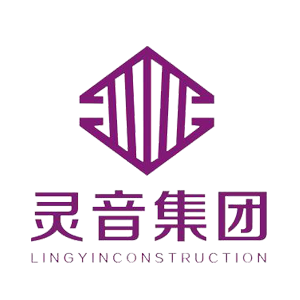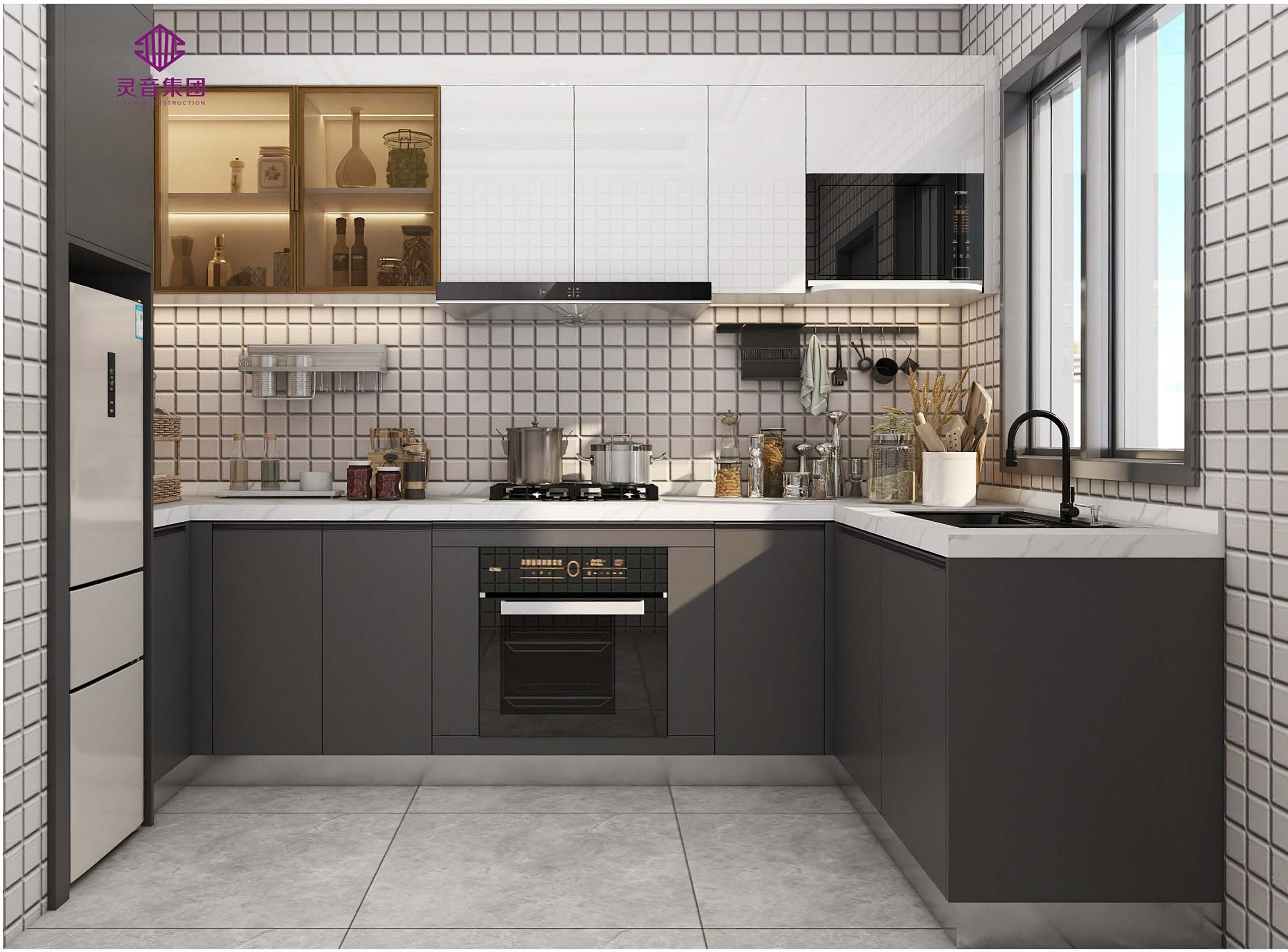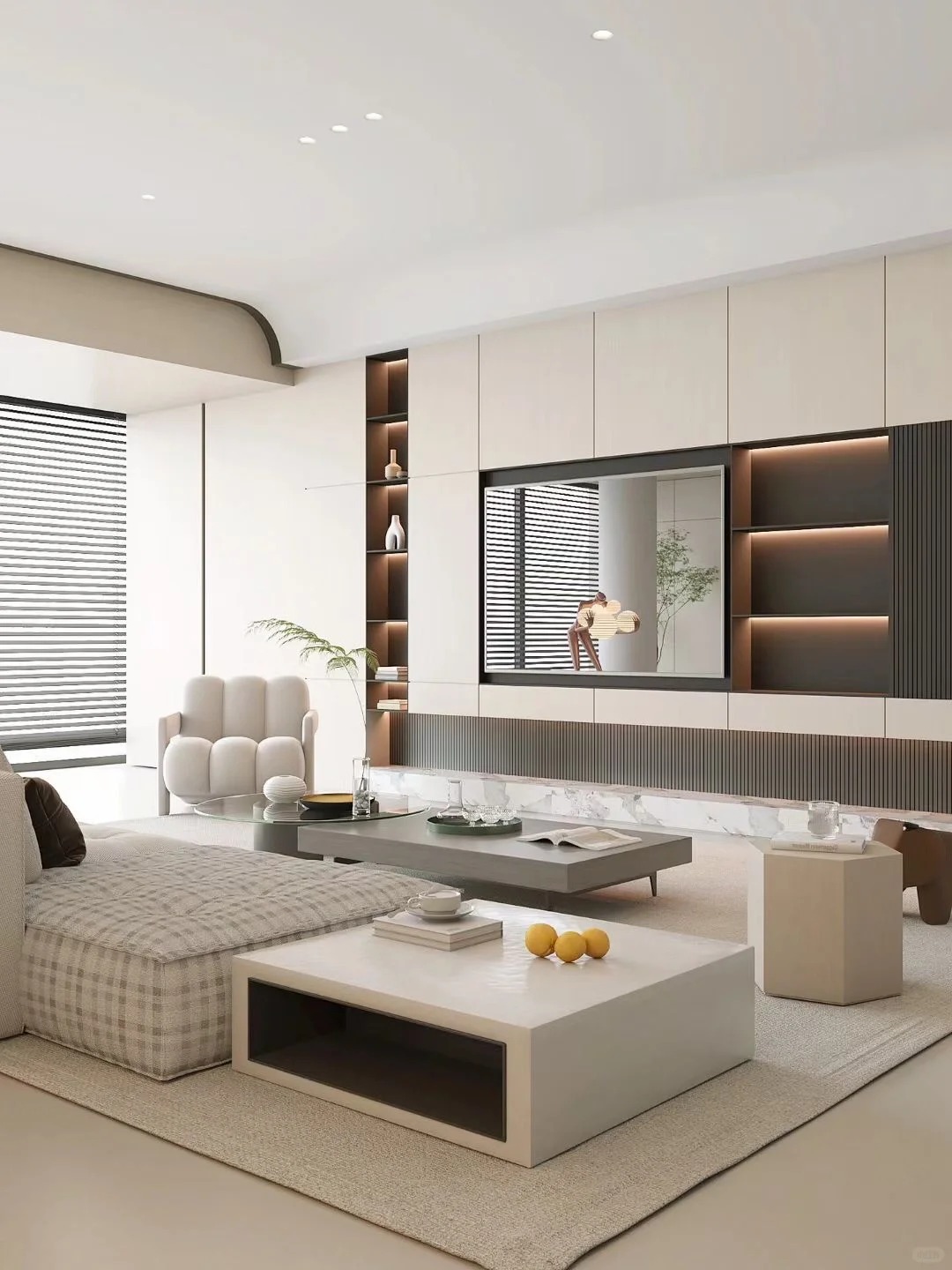Against the backdrop of upgrading housing and infrastructure in Rwanda, the door and window industry is gradually shifting from a single supply to providing comprehensive solutions centered on energy efficiency, durability, and safety. The government's green building initiative, regional investment, and promotion of localized production have jointly shaped a market pattern characterized by structural growth.
1、 Policy and Market Background
The Rwandan government has explicitly included green buildings and energy-saving materials as the core of national development in the "2025-2030 Medium - and Long Term Development Plan". This brings stable and long-term demand driven to the door and window industry, covering scenarios such as newly-built residential buildings, educational and medical facilities, office complexes, and commercial parks. Meanwhile, international development agencies and regional investors have shown increasing interest in upgrading Rwanda's infrastructure, providing long-term support for local manufacturing and assembly capabilities. Industry observers point out that Rwanda's market potential in the region is gradually being released, but it still needs to enhance its competitiveness by improving local production capacity and service quality.
2、 The transformation of energy efficiency and material structure
Under the pressure of high temperatures and energy costs, energy efficiency has become a key indicator for selecting doors and windows. The high-end market is mainly dominated by aluminum alloy windows and UPVC window frames, which have gradually become mainstream materials due to their durability, corrosion resistance, and good sealing performance. Wooden windows still have certain competitiveness in cost sensitive projects, commonly seen in historical building maintenance and mid to low end residential renovation. The technological progress at the glass level has also driven industry upgrading: the application of low emissivity coating, double-layer and three-layer insulated glass in commercial and high-end residential projects is gradually increasing.
3、 Improvement of safety and durability
The rigid requirements for safety in new projects are increasing, and anti-theft locks, tempered glass, and impact resistant designs have become standard configurations. Financial institutions, schools, and large commercial areas place greater emphasis on protection levels and long-term durability in door and window selection, and suppliers need to incorporate systematic solutions into the product design phase. For high wind pressure areas, durability testing and quality certification are gradually becoming important references for market access.
4、 Localized production and supply chain resilience
Affected by global logistics fluctuations, tariffs, and raw material price fluctuations, Rwanda is accelerating the localization of component production and assembly to reduce transportation costs, shorten delivery times, and enhance supply chain resilience. At the same time, renovation and upgrading services are becoming more specialized, with door and window replacement and maintenance services becoming a stable source of incremental growth. The improvement of local manufacturing and assembly capabilities within the region is expected to bring higher prices and delivery flexibility in the medium to long term.
5、 Innovation in Technology, Digitization, and Service Models
The digital transformation of the industry is accelerating its implementation. The coverage of intelligent access control, remote maintenance, and door control systems in new construction projects is gradually increasing, and manufacturers are also establishing localized after-sales service networks and training systems to improve service life and maintenance efficiency. Digital elements such as material management, digital operations at construction sites, and quality traceability are becoming important components of supply chain management.
6、 Opportunities and Challenges
In terms of opportunities, Rwanda's rapid urbanization process, promotion of green building policies, and increased regional investment have provided a long-term growth foundation for the doors and windows market. With the improvement of local production capacity, the supply capacity and delivery speed of the market will be further enhanced. The challenges include fluctuations in raw material prices, import dependence, shortage of skilled personnel, and a period of increased awareness of high-performance materials. The industry needs to strengthen local training, establish standardized quality systems, and promote vertical integration of the supply chain.




